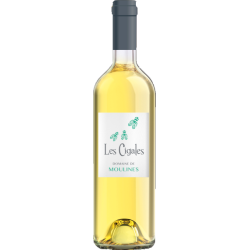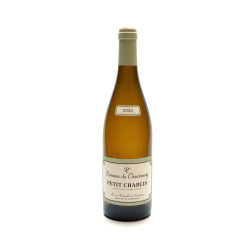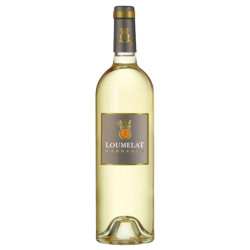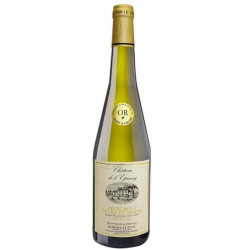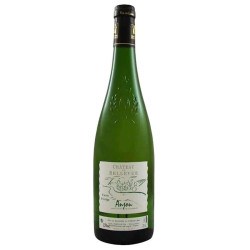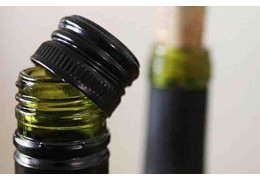Free delivery on purchases of €150 or more per winegrower in France and €250 in Europe (excluding United Kingdom)
Free delivery on purchases of €150 or more per winegrower in France and €250 in Europe (excluding United Kingdom)
-
- Great Offer
-
Our wines
-
-
By colors
-
All the wines
-
-
-
All Regions
-
-
-
-
Our organic & natural wines
-
-
Our Champagnes & Spirits
-
-
All Champagnes
-
-
Spirits
-
All the spirits
-
-
-
Our winemakers
-
-
-
winemakers
-
-
-
Our advice
-
-
Find your wine
-
-
-
- Our commitment !
-
- Great Offer
-
Our wines
-
-
By colors
-
All the wines
-
-
-
All Regions
-
-
-
-
Our organic & natural wines
-
-
Our Champagnes & Spirits
-
-
All Champagnes
-
-
Spirits
-
All the spirits
-
-
-
Our winemakers
-
-
-
winemakers
-
-
-
Our advice
-
-
Find your wine
-
-
-
- Our commitment !
Unbeatable !
WHAT DOES THE MOUTH OF A WHITE WINE REVEAL?

Moving on to the Third and Final Tasting Step: The Palate of a White Wine
1) Share Your First Impressions
It is often said that wine is primarily a matter of personal taste. This is certainly true, especially when it comes to the nose and aromas of a wine, which evoke our memories and sensitivities. However, it’s a different story when you taste the wine. Generally, the palate of a young white wine reveals fresh notes of yellow and white fruits, citrus, or white flowers. These notes typically vary depending on the grape variety. For example, a white wine made from Sauvignon Blanc often features citrus notes, a Muscat is known for its very fruity character, and a Riesling might display a fresh apple flavor, etc.
For a medium-aged white wine (between 5 and 10 years), you will find these same fruit aromas, but they are more expressive. They may sometimes evolve into notes of candied fruits. Some highly mineral wines also reveal notes of flint or iodine. Finally, the palate of a sweet white wine (i.e., very rich in sugar or alcohol) or a well-aged wine (stored for over ten years) may showcase notes from its aging in barrels. Honey, wax, and dried fruits are the main flavors often found in older white wines. Generally, the older a white wine with good aging potential gets, the more its acidity decreases.
2) Dry or Sweet?
When tasting a white wine, one question should immediately come to mind: is it dry or sweet? If your wine turns out to be sweeter than acidic, then you are tasting a sweet wine. If acidity predominates, it’s a dry wine. Be sure to distinguish between sugar and fruit. A dry white wine can reveal very fruity notes while still presenting an acidic flavor. This exercise provides information about the wine’s structure, which may be more or less balanced between sugar and acidity. Indeed, a wine that is too sweet, even if it is sweet, can quickly become cloying, just as a very acidic dry wine can seem unpleasant. This makes it a perfect exercise to help you detect the acidity of a white wine, one of its main characteristics. Terms like "freshness," "nervousness," or "liveliness" are also used to describe a wine’s acidity.
3) No Tannins!
Finally, remember that the main difference between red and white wine is that the latter does not contain tannins. Thus, a white wine is generally softer and lighter than a red wine. This explains its pairing with delicate dishes (crudités, seafood) as well as rich foods like certain cheeses, which require fresh and lively wines.
This characteristic is due to the fact that white wine is generally not subjected to malolactic fermentation—an enzymatic process that reduces the acidity of the wine, unlike red wine. The lighter and more delicate structure of white wine also justifies its lower serving temperature (between 8 and 10°C) compared to red wine (between 14 and 18°C).
NOW THAT YOU KNOW ALL THE STEPS OF TASTING A WHITE WINE, JOIN US THIS FALL TO DISCOVER THE STEPS OF TASTING CHAMPAGNE!
Our nuggets
Related articles
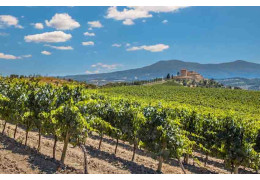
2 ANECDOTES YOU MAY NOT KNOW ABOUT THE LANGUEDOC-ROUSSILLON VINEYARDS
Mention Languedoc-Roussillon and you're sure to think of the ramparts of Car...

WHAT DOES THE NOSE OF A WHITE WINE REVEAL?
We've already given you the tips you need to examine the colour of a white w...
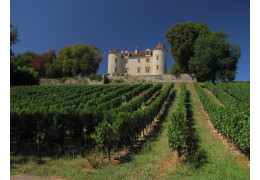
2 STORIES ABOUT THE VINEYARDS OF THE SOUTH WEST THAT YOU MAY NOT KNOW
L’océan Atlantique, les parties de pelote basque, les piperades…
